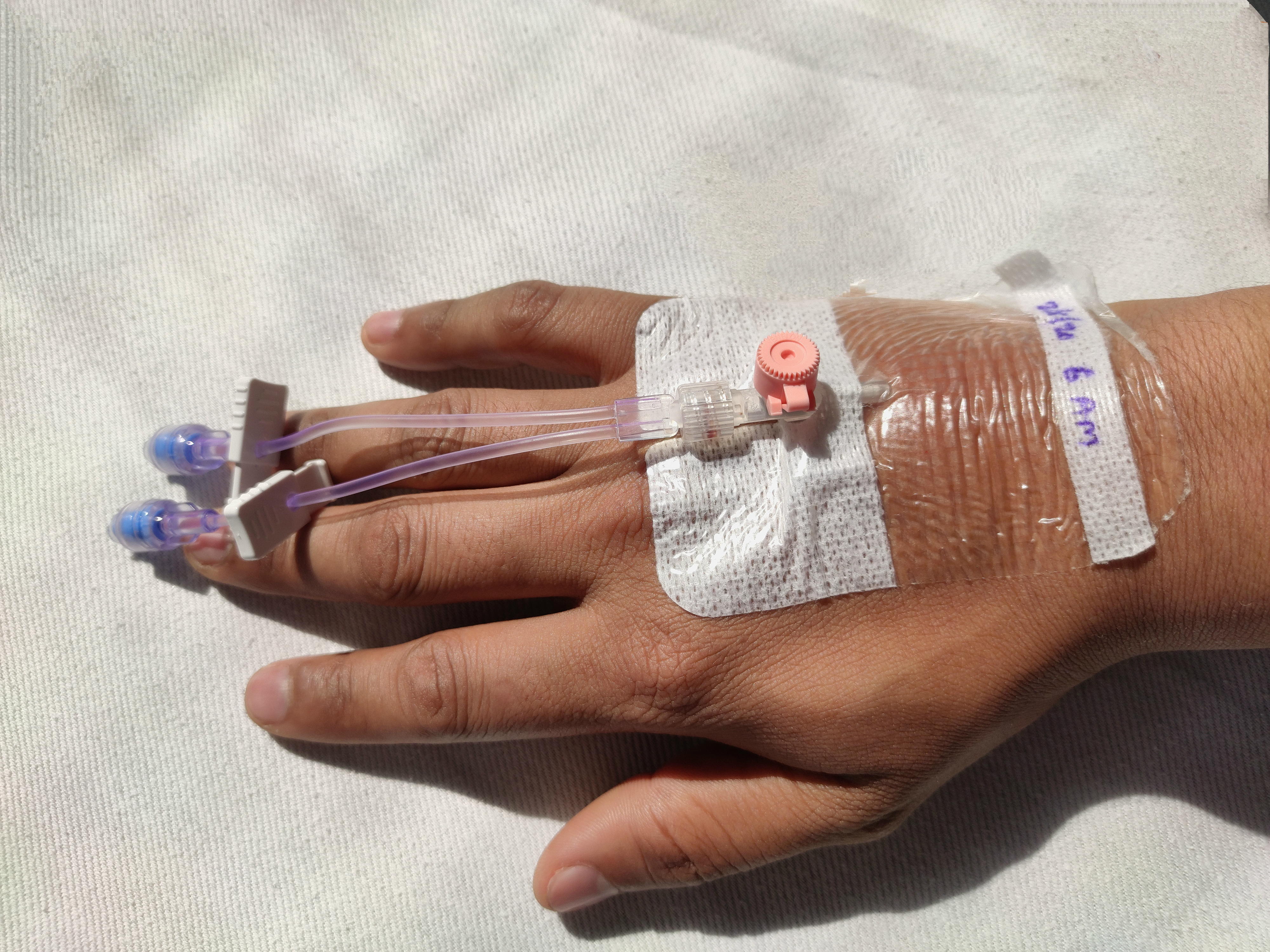Peripheral Iintravenous cannula usage in the Emergency Department

Accepted: 15 September 2020
Appendix: 52
All claims expressed in this article are solely those of the authors and do not necessarily represent those of their affiliated organizations, or those of the publisher, the editors and the reviewers. Any product that may be evaluated in this article or claim that may be made by its manufacturer is not guaranteed or endorsed by the publisher.
Over a billion Peripheral Intra-Venous Cannulas (PIVC) are used globally every year with at least 25 million sold annually in the UK.1,2 The NHS spends an estimated £29m of its annual acute sector budget on PIVC procurement3 and around 70% of all hospitalised patients require at least one PIVC during their stay.4 Despite their extensive and routine use, PIVC failure rates are reported as high as 50-69%.5-7 In addition, many PIVCs remain unused following insertion, particularly in the Emergency Department (ED).8,9 The risk factors for PIVC failure are not well understood and the literature has found extensive regional variation in practice when it comes to PIVC insertion and management.1,7,10 While various technologies have been developed to address these issues, there remains a need for standardised, evidence-based guidelines.
Alexandrou E, Ray-Barruel G, Carr PJ, Frost S, Inwood S, Higgins N, et al. International prevalence of the use of peripheral intravenous catheters, J Hosp Med. 2015 Aug;10(8):530-3 DOI: https://doi.org/10.1002/jhm.2389
NHS Clinical Evaluation Team. Clinical review: safety peripheral intravenous cannula. 2018.
Guerrero MA. National evaluation of safety peripheral intravenous catheters in a clinician-led project. Br J Nurs. 2019 Jan 24;28(2):S29-32. DOI: https://doi.org/10.12968/bjon.2019.28.2.S29
Webster J, Clarke S, Paterson D, Hutton A, Dyk S, Gale C et al. Routine care of peripheral intravenous catheters versus clinically indicated replacement: randomised controlled trial. BMJ. 2008;337(jul08 1):a339-a339. DOI: https://doi.org/10.1136/bmj.a339
Helm RE, Klausner JD, Klemperer JD, Flint LM, Huang E. Accepted but Unacceptable. J Infus Nurs. 2015;38(3):189-203. DOI: https://doi.org/10.1097/NAN.0000000000000100
Marsh N, Webster J, Larsen E, Cooke M, Mihala G, Rickard CM. Observational Study of Peripheral Intravenous Catheter Outcomes in Adult Hospitalized Patients: A Multivariable Analysis of Peripheral Intravenous Catheter Failure. J Hosp Med. 2017 Oct 18. DOI: https://doi.org/10.12788/jhm.2867
Alexandrou E, Ray-Barruel G, Carr PJ, Frost SA, Inwood S, Higgins N, et al. Use of Short Peripheral Intravenous Catheters: Characteristics, Management, and Outcomes Worldwide. J Hosp Med. 2018 May 30;13(5). DOI: https://doi.org/10.12788/jhm.3039
Limm EI, Fang X, Dendle C, Stuart RL, Egerton Warburton D. Half of All Peripheral Intravenous Lines in an Australian Tertiary Emergency Department Are Unused: Pain With No Gain? Ann Emerg Med. 2013 Nov;62(5):521-5. DOI: https://doi.org/10.1016/j.annemergmed.2013.02.022
Gledstone-Brown L, McHugh D. Review article: Idle ‘just-in-case’ peripheral intravenous cannulas in the emergency department: Is something wrong? Emerg Med Australas. 2018 Jun;30(3):309-26. DOI: https://doi.org/10.1111/1742-6723.12877
Webster J, Osborne S, Rickard C, Marsh N. Clinically-indicated replacement versus routine replacement of peripheral venous catheters. Cochrane Database of Systematic Reviews. 2019. DOI: https://doi.org/10.1002/14651858.CD007798.pub5
PAGEPress has chosen to apply the Creative Commons Attribution NonCommercial 4.0 International License (CC BY-NC 4.0) to all manuscripts to be published.


 https://doi.org/10.4081/ecj.2020.9205
https://doi.org/10.4081/ecj.2020.9205







